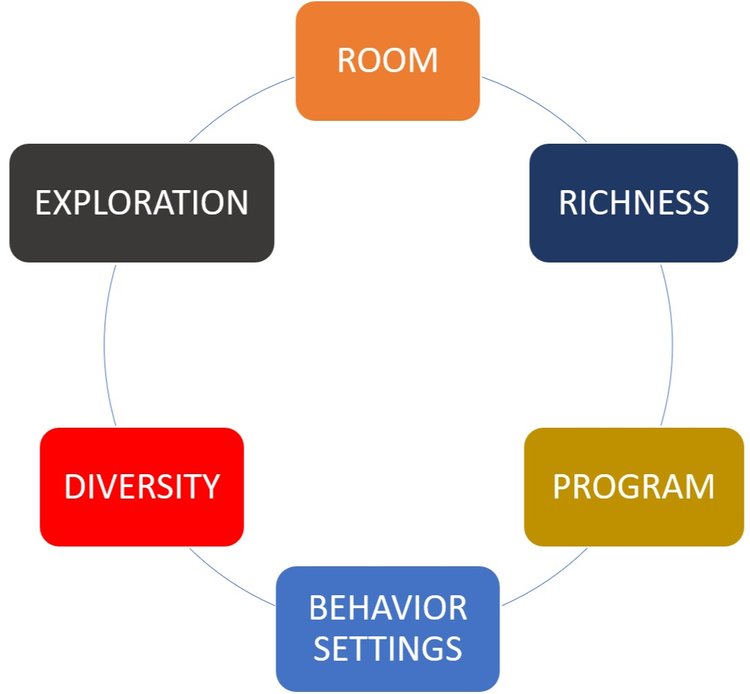About this blog series: This is Part 3 in a series that explores the notion that people are creatures like any other, and there are basic characteristics that we seek, or need, in our habitats. Return to the Introduction.
RICHNESS
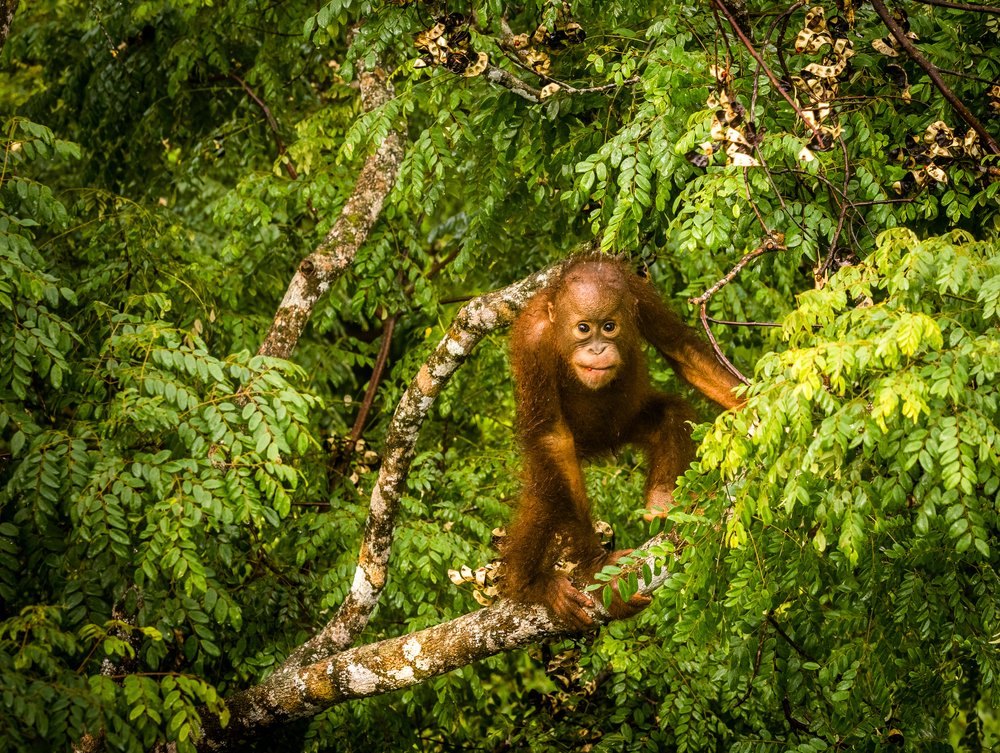
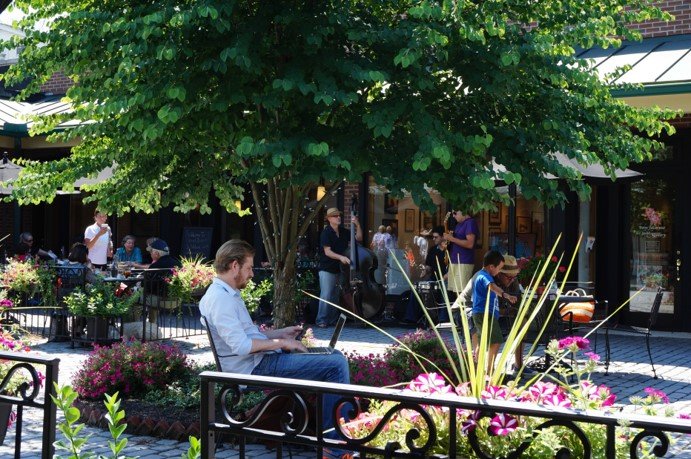
Our urban environment should offer a complex habitat that nourishes us and other species. Do your environments offer a feast for the senses? This is a characteristic few of us appreciate sufficiently. If you think about some of your favorite places they will almost certainly have a multi-layered richness that encourages endless engagement or contemplation.
On the other hand, walking through many of our downtown areas you will find a nagging sense that something is wrong and you don’t belong – this is quite possibly the fact that you are in a place that is stripped down to a minimal palette comprised mainly of asphalt and concrete. Sound familiar?
Like other animals, humans evolved to explore terrains that were both hospitable to our species but constantly changing and challenging, starting with vast savannahs that were incalculably varied and teaming with other species. In fact, there’s growing evidence that our ancient ancestors enjoyed a higher quality of life than our civilized descendants (read I, Mammal or Civilized to Death: The Price of Progress).
Why the shift from Planning to Placemaking HAD to happen
The point is that, since the advent of professional planning and our more orderly way of developing cities, the richness of urban environments has dropped off precipitously, a victim to “experts” who raised their perspectives (on engineering, on traffic, on architecture, on zoning, etc) above all others. The effect was to strip urban development down to a bare-bones environment that looks like most places we’ve built since early in the 20th century.
Places that look like this (I picked a few from a simply endless supply of bad examples):
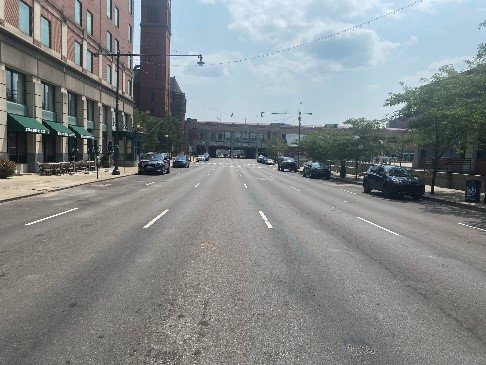
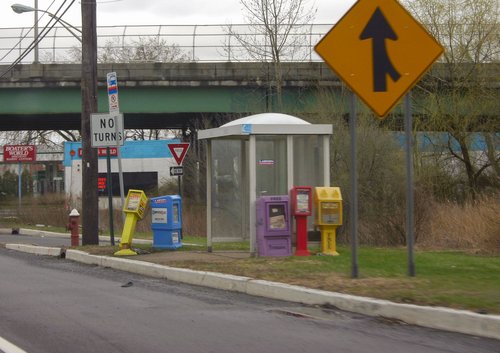

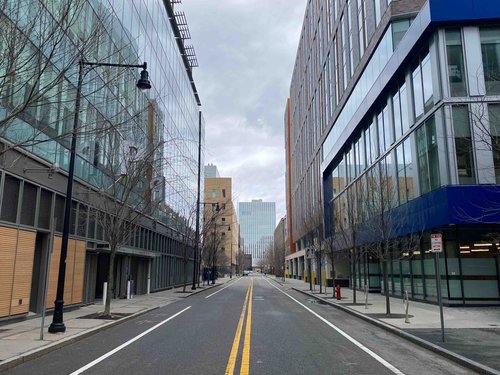
For contrast, here are some good examples of rich environments that move urban development in the right direction:
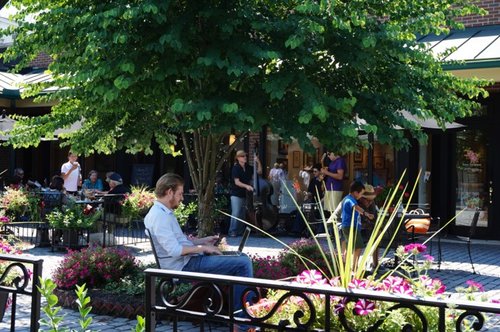
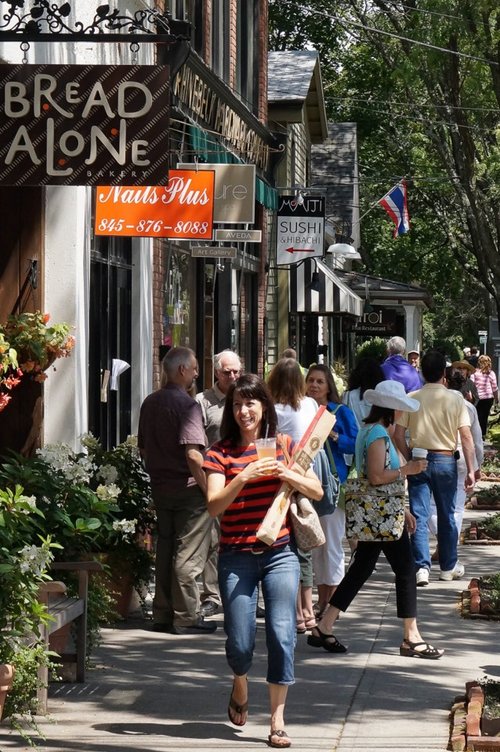
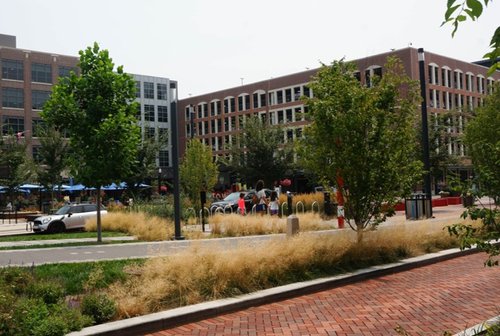
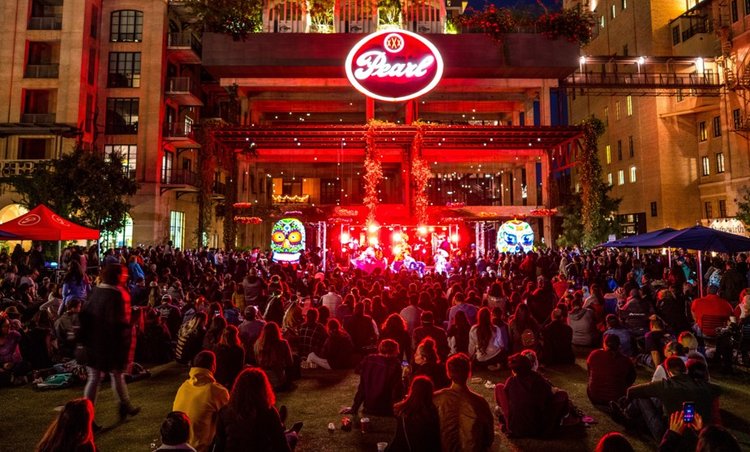
There is a long list of measures we can take to improve our own experience while supporting life in general. Without trying to be comprehensive, the list includes:
Green Infrastructure
The choices we have for adding richness to our environment can benefit all species.
- Urban forests, street trees, and specimen trees
- Planted areas including small gardens and larger buffers
- Rain gardens, stormwater planters
- Parks
- Planters/pots/hanging baskets
- Sidewalk buffer strips
- Green walls
Comfort and Shelter
- Tables and chairs
- Shade treatments
- Lighting (a comfortable amount, most places are overlit and remove our experience of our skies)
- Street design that favors pedestrians, and cyclists over cars
- Public spaces including plazas, pocket parks, parklets
Design Details
- Architectural details, including crenelation of building masses and transparency
- Ground floor details that articulate and modulate. This is advantageous to retail as the details slow pedestrians and shift them into exploration mode
- Window displays, activities
- Store signage/perpendicular signs
- Facade treatments like awnings, canopies, pergolas
Without advocating a return to our prehistoric state, we still have a lot of room to restore our environment to help our happiness, health, and connection to nature. We have many tools to use, including more to come in this series, so stay tuned.
